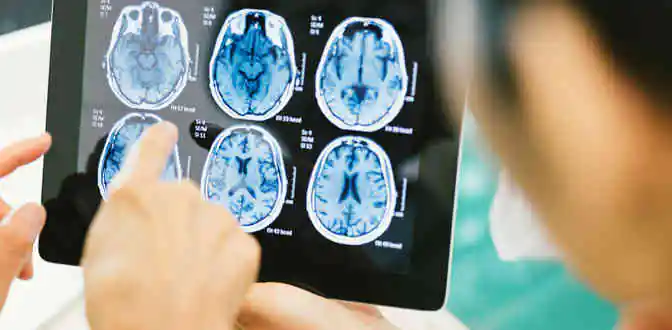From the increasing use of telemedicine to the rising adoption of smart devices, many of the recent technological innovations in healthcare have fostered a unique way of functioning. Unsurprisingly, innovation in pathology is no exception. With the introduction of digital pathology systems developed by top technology brands, the industry is aptly migrating from physical slide sample testing to digital image-based analysis.
How is digitization changing the pathology industry?
While pathology has played its pivotal role in the course of disease diagnosis from decades, the traditional ways followed by pathologists were downside due to innate delays built into its process resulting in high damage risk and time-consuming procedures. Quite the reverse, the arrival of innovative digital slide scanners today heralded a new age for research and clinic pathology diagnosing disease quickly and reliably with comparatively lower cost.
Although pathology laboratories are among the last in medical arena to benefit from digitized workflows, this single technological revolution stands up to the promise of enabling multiple benefits ranging from data sharing and digital archiving to interactive viewing and automated analysis.
The digitization of pathology has transformed the operations for several applications with a range of software and scanners, from diagnosis and teleconsultation to drug discovery and even the education and training section. While this transition is not an overnight process, the advantages are rich. Herein, the major benefits of digital pathology in multiple applications:
Diagnosis
The modern, groundbreaking technology named whole slide imaging (WSI) is prodigiously renovating the digital pathology, including enhancing the integration of data, consultation with experts, as well as quantitative and qualitative image analysis, which aids in more rapid and accurate diagnosis.
Telepathology
While consultation over the phone is gradually taking over the face-to-face consultation, the digitization is playing a key role in the renovation. The technology uses telecommunication mediums to facilitate the transfer of image-rich pathology data amongst distant locations for diagnosis, research, and education. With the increasing dependence on phone consultation, health care settings utilizing this technique are becoming widely acceptable.
Drug development
As the emerging digital pathology technology provides an image-based environment for managing and deciphering the information acquired from a digitized glass slide, this enables significant improvements in pharmaceutical drug development across discovery, preclinical pathology, and oncology clinical trials. Digital pathology is swiftly changing global pharmaceutical research by empowering information sharing to integrate pharmaceutical pathology laboratories around the globe.
Education and training
Apart from diagnosis, teleconsultations and drug discovery, the digital era in pathology is majorly impacting the education and training section changing the traditional resources like textbooks, glass slides, and conventional microscopy to the number of web-based pathology study materials. The technology is widely implemented in government as well as private medical institutions and corporate pathology centers, helping students to learn key histopathological observations.



